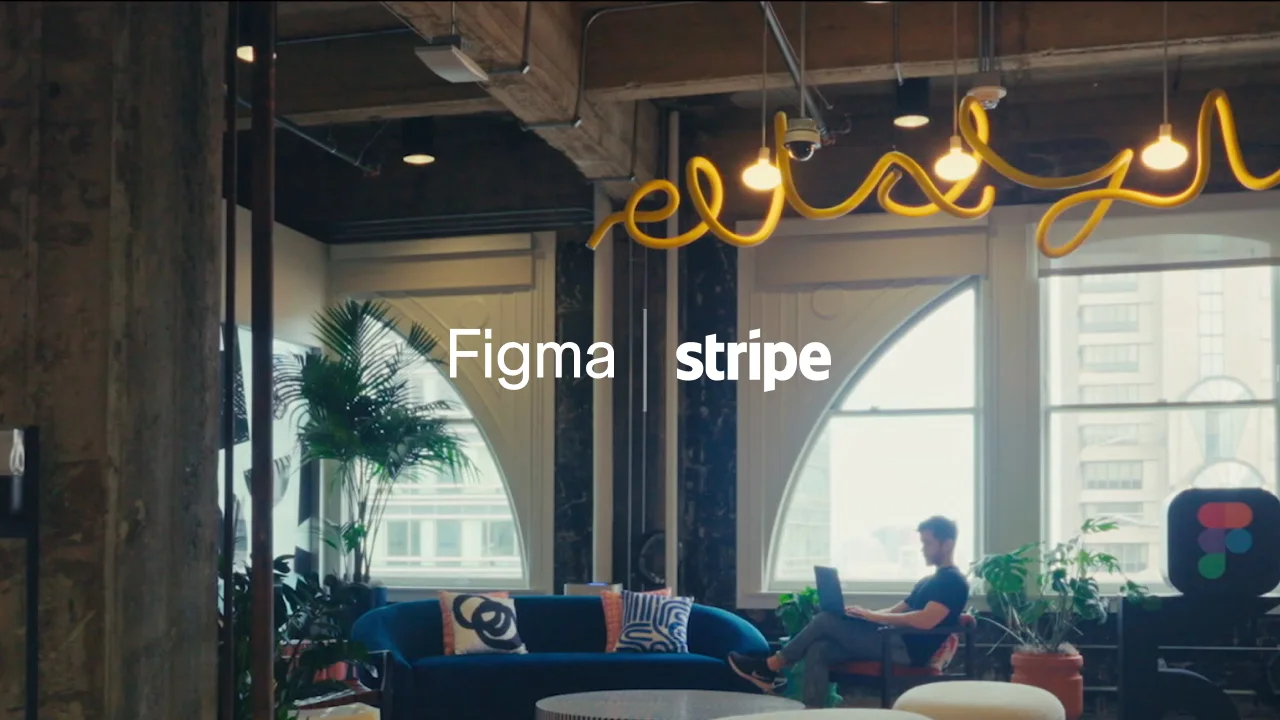Challenge
Figma launched in 2012 with the goal of building a collaborative design tool that could be used by everyone. When the company was ready to monetise, it built its payment and billing infrastructure, including multiple subscription tiers for each of the company's four products, on Stripe Payments and Stripe Billing.
In May 2025, Figma was ready to go bigger, evolving from a design tool to an AI-powered platform that helps teams go from idea to shipped product. As it prepared to double its product suite at its annual community event Config, the company reassessed its approach to pricing and billing. "When we went back to our billing model, we decided that we needed to update it for this multiproduct future," said Jamie Kite, engineering manager at Figma.
Kite and her team needed a powerful, flexible payments and billing platform that could smoothly migrate existing users to the new billing model, including managing users who were paying both monthly and annually for Figma's products. Figma's global user base meant it also needed to accept local currencies and payment methods.
"We want customers to have the same experience when making a payment or viewing their invoice as they do when they use the rest of our products," said DeAnna Caggiano, design director at Figma. "We want them to feel supported and to recognise the quality and attention to detail."
Finally, Figma wanted a scalable payments and billing infrastructure that could evolve as the company continued to scale.
Solution
Figma used Billing subscription schedules to make the rollout of new products smooth for its Pro customers.
In addition, the integration of Billing and Stripe Invoicing allowed Figma to customise its invoices, and give users a preview of upcoming invoices to verify charges before their renewal date.
With its large international user base, Figma turned to Stripe to streamline its checkout flow and provide a localised experience. Figma used the Payment Element – a secure, embeddable UI component – to easily turn on different payment methods, including SEPA bank payments in Europe. The suite's AI models personalise payment method display to maximise conversion.
Results
Figma rolls out new billing model
In March 2025, the company introduced a redesigned billing model, while migrating over existing users. "It was really important that our billing model was transparent and easy to understand for our users," Caggiano said. "Stripe felt like a natural partner because we care about the same things – craft , transparency and flexibility."
International users account for 50% of Figma's revenue and 85% of its user base
With Payments, Figma can remove barriers to adoption for international users, who represent around 50% (2024) of its revenue and around 85% of its user base (2024).
Going forward, Kite and her team can use the Optimized Checkout Suite to turn on additional payment methods easily, regardless of where in the world Figma does business. "Stripe is a great partner for our international expansion," she said.
Driving growth
As Figma continues to innovate, the company is choosing Stripe to support its payment and billing infrastructure. "We know that Stripe is going to be ready to support us as we ship different types of products that have completely different billing needs," Kite said. "It's great to have a relationship where you feel like you're co-creators in the things you're both building."
It's empowering to keep your focus on what you're building and just depend on Stripe to handle all of the payments, subscriptions invoicing and compliance.


